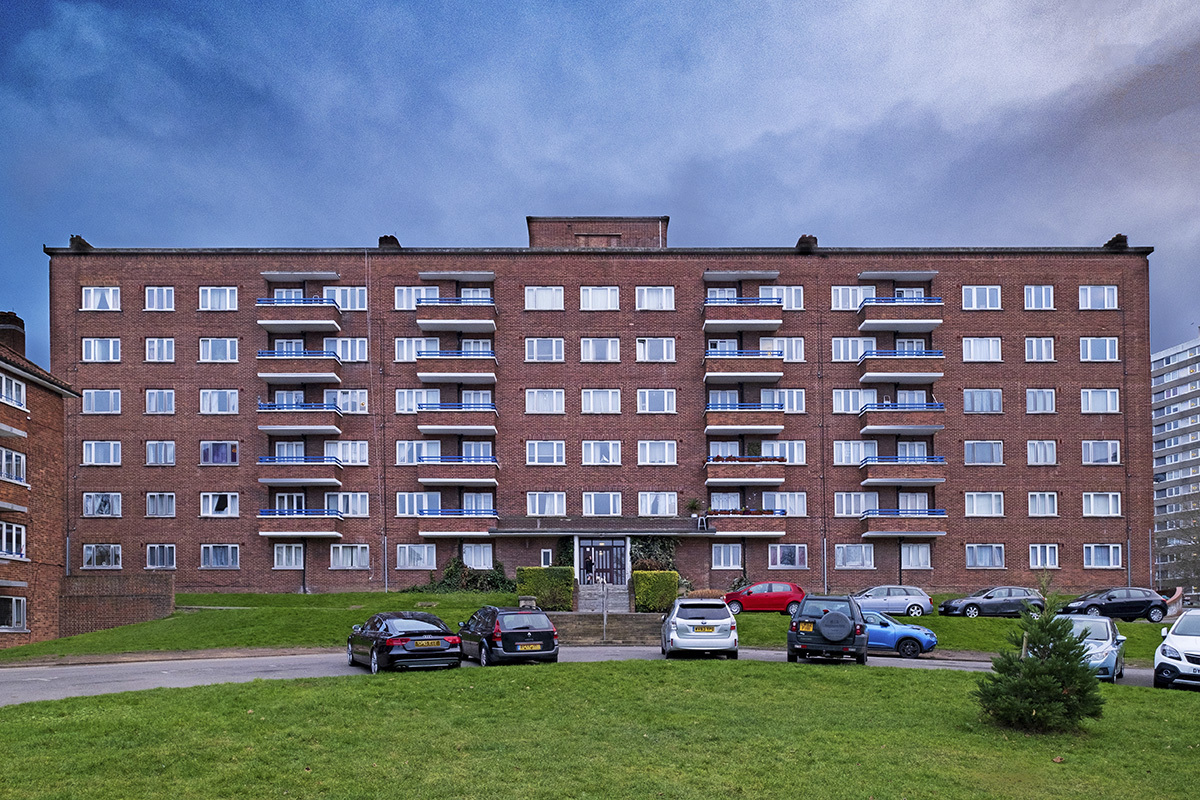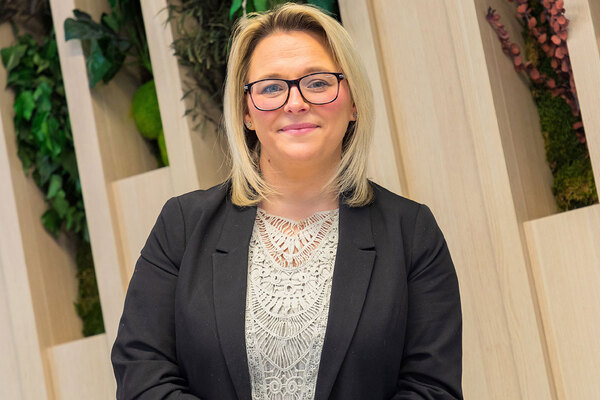You are viewing 1 of your 1 free articles

Can we build a bigger and better partial-ownership sector?
We must reflect on whether a more open partial-ownership market would lead to increased output and better performance, says Peter Williams
As the squeeze on ordinary households trying to enter homeownership continues, so we can ask if enough is being done to expand partial or assisted ownership in one form or another, so that such aspirations can be sustained.
With the closure of Help to Buy (HTB) in 2023 and slow progress on First Homes, the evidence suggests that the number of partial homeownership opportunities will be shrinking at the very time when demand for partial ownership in one form or another is increasing, not least reflecting the pressures from ever higher prices and tighter credit conditions.
So what more can be done?
The house builders’ Deposit Unlock scheme is now getting off the ground to replace HTB, but it is unlikely to immediately deliver the more than 50,000 equity loans its predecessor delivered on an annual basis. Rent to Buy has gained limited traction, and though the government is now talking of reviving the Right to Buy, it’s not immediately clear it can have the impact it once had. This then poses the question of whether and how we can expand and improve the shared ownership (and shared equity) market to take up some of the evident slack.
The government’s new model of shared ownership (SO) aims to make it “fairer, more affordable and more consumer friendly”. This is a laudable aim, but it will challenge some current providers and funders. And while 10% shares open up the market to some, without doubt it will also increase the number of permanent partial owners.
In reality, and despite modifications made over time, SO is still fundamentally unchanged since it started in 1980 as a government scheme – part rent, part own and, until now, with 100% repairing obligations and increasing numbers of households becoming permanent partial owners. A crude estimate would suggest around 400,000 shared-ownership homes have been built in England and around half remain as SO. That’s about 10,000 homes per year since the start, though recently output increased to about 15,000-18,000 before falling back. This was in large part due to registered providers (RPs) reworking their development programmes to focus on cladding and net-zero agendas.
“What is clear is that the partial-ownership sector as a whole has become overly focused on sales and getting people in, and insufficiently focused on their customers’ subsequent journeys through to full ownership”
There is no lack of demand – the supply is just limited and falling. Given the constraints on the current main providers, is it not time for new providers to come into this market to inject new energy and more provision?
To a degree they already have, in the form of for-profit RPs, but there is now evident appetite from a wide variety of investor-led channels to start supplying variants of SO. This opens up the possibility that SO and partial ownership could be expanded more generally and at the same time break more fully from the constraints of government-led funding.
This might bring in more competition and innovation. While RPs would continue to be important providers, the partial-ownership provision would be likely to more fully respond to market demand. In so doing, there will be a need for much better reporting and greater transparency in relation to all forms of partial ownership, including hard data on arrears and possessions, partial and full staircasing, and customer satisfaction. Markets need proper market data and intelligence to thrive and expand.
What is clear is that the partial-ownership sector as a whole has become overly focused on sales and getting people in, and insufficiently focused on their customers’ subsequent journeys through to full ownership. Too much attention has been focused on the receipts from sales and too little on the longer-term customer experience, or the journey to exit. Indeed, as one SO staffer recently commented, it was treated like “housing’s dirty secret” – in essence fulfilling a policy requirement that sat alongside their access to grant funding for rented homes.
The time is right to reflect on whether a more open partial-homeownership market driven by competition would lead to increased output, better performance, more advice and support, and higher levels of customer satisfaction. A significant number of investor-driven firms are now entering the partial-ownership market. The question is whether this new appetite can be harnessed to really boost output and provide some genuine competition and market innovation, as well as some decent market metrics.
“We probably all agree that partial ownership in whatever form needs to become a bigger part of the market and, within that, SO has a key role to play”
It is probably time, too, to do more by reintroducing partial-ownership options for buying existing homes and for significantly boosting the after-sales support all partial owners both deserve and need. They should be able to, where possible, progress their journey to full ownership – aided, not least, by an annual review delivered by the provider and perhaps alongside some incentive packages.
We probably all agree that partial ownership in whatever form needs to become a bigger part of the market and, within that, SO has a key role to play. Progress has been too slow to date. If we stick with where we are now, capacity will shrink at a time when it needs to grow.
Given the clear investment appetite to provide more partial-ownership provision and to improve products and the customer journey, that capacity and appetite should be embraced. It holds out the prospect of delivering a partial-ownership market more fit for the 21st century, and one in which the aspirations and needs of buyers are more likely to be met properly.
Let the debate begin.
Professor Peter Williams, researcher and departmental fellow, University of Cambridge’s Department of Land Economy
Sign up for the IH long read bulletin
Already have an account? Click here to manage your newsletters
Housing 2022, the Chartered Institute of Housing’s annual conference, returns on 28-30 June at Manchester Central
With over 150 hours of CPD accredited content and 450 speakers, take the opportunity to have the full delegate experience and bring your teams to Housing this year.
Housing has something for everyone. Find out more and book now by clicking here.














